In 2015, over 9% of the American population had diabetes, and that number has only grown. Diabetes is a chronic disease that influences the body’s response to insulin. Once people get diagnosed with diabetes, their diet significantly changes.
Some foods that appear healthy are actually detrimental. Many contain hidden sugars, preservatives, and salts that can be hard to spot on the nutritional label. Read on for the worst foods for diabetics.
Replace White Bread With Wheat Bread
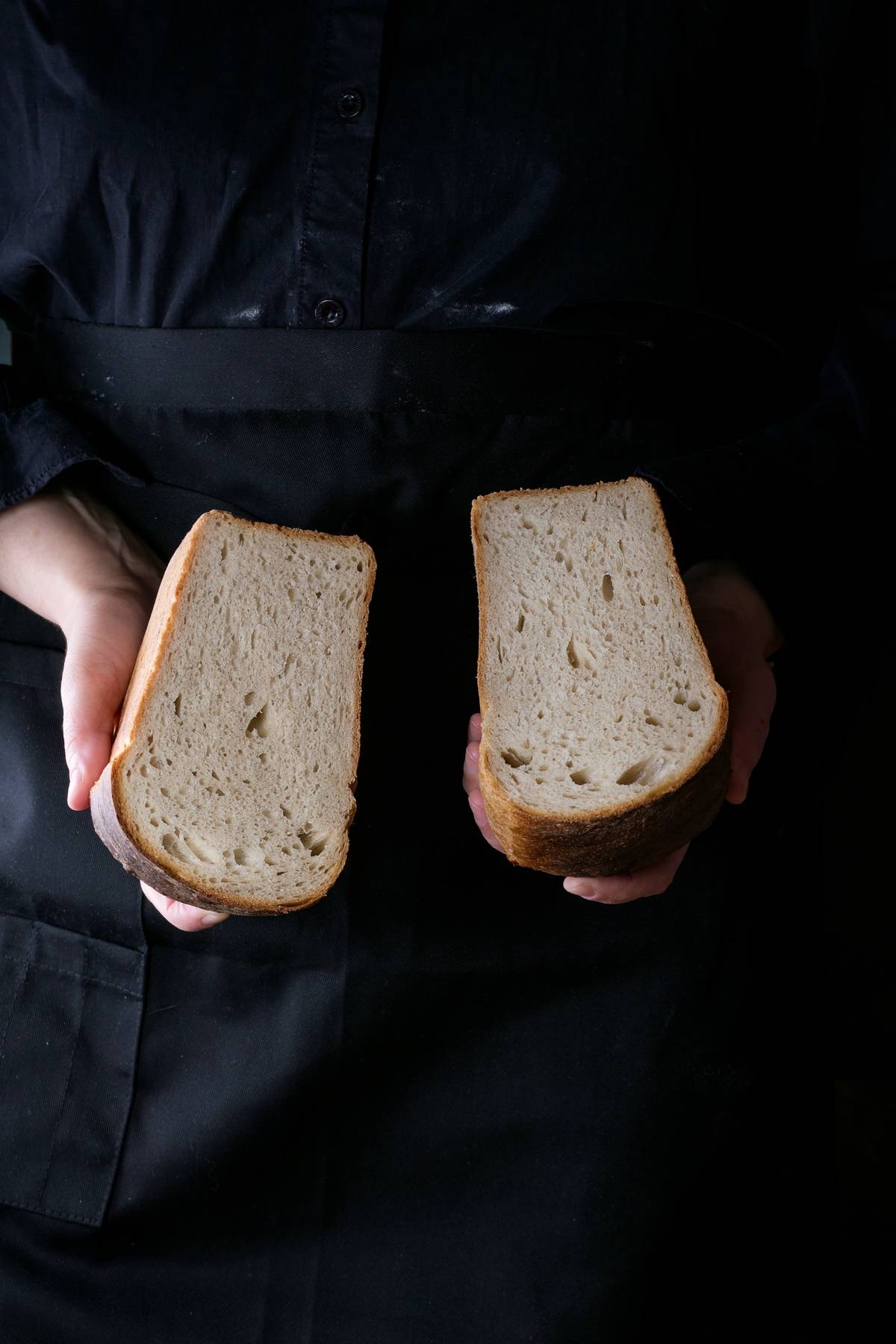
Advertisements
Despite what some people believe, people with diabetes can eat bread. The American Diabetes Association (ADA) encourages it–but only if you eat whole grain bread in moderation. Because of its high glycemic index, white bread raises peoples’ risk of diabetes, according to research in Diabetes Care.
Registered dietitian Susan Weiner says that whole-grain bread has higher fiber, which improves your glycemic response. Because white bread does not have that fiber, it’s more likely to spike blood sugar. You can buy whole-grain options for your favorite breads, including sourdough and rye.
How Diet Soda Is Just As Bad As Regular Soda
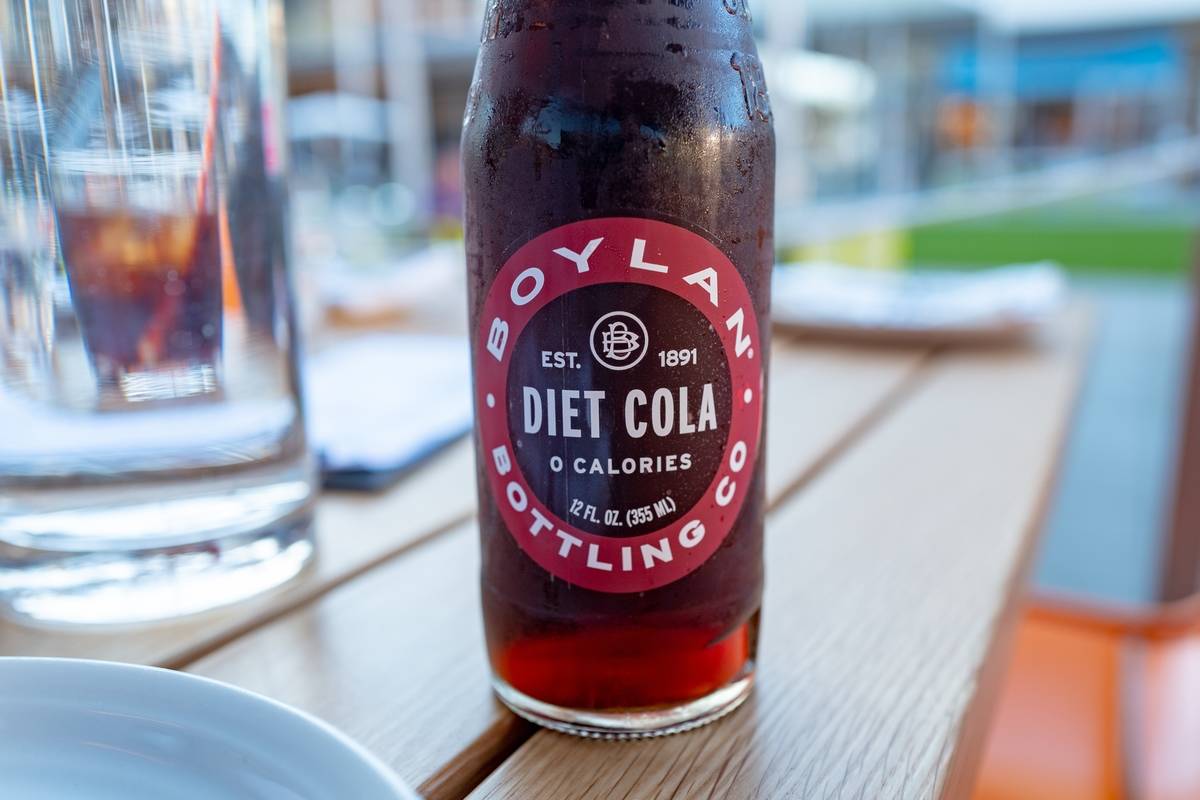
Most people know that soda doesn’t fit into a diabetic diet. But did you know that diet soda carries risks as well? Research by the American Diabetes Association found a consistent link between diet drinks and diabetes. Participants who drank it daily had a 67% higher chance of type 2 diabetes, high blood sugar levels, belly fat, and metabolic syndrome.
Another study in Clinical and Experimental Ophthalmology linked diet soda to a higher risk of diabetic retinopathy. This damages the blood vessels around the eyes and may cause diabetics to go blind. Do yourself a favor and avoid diet sodas.
Avoid Most Artificial Sweeteners
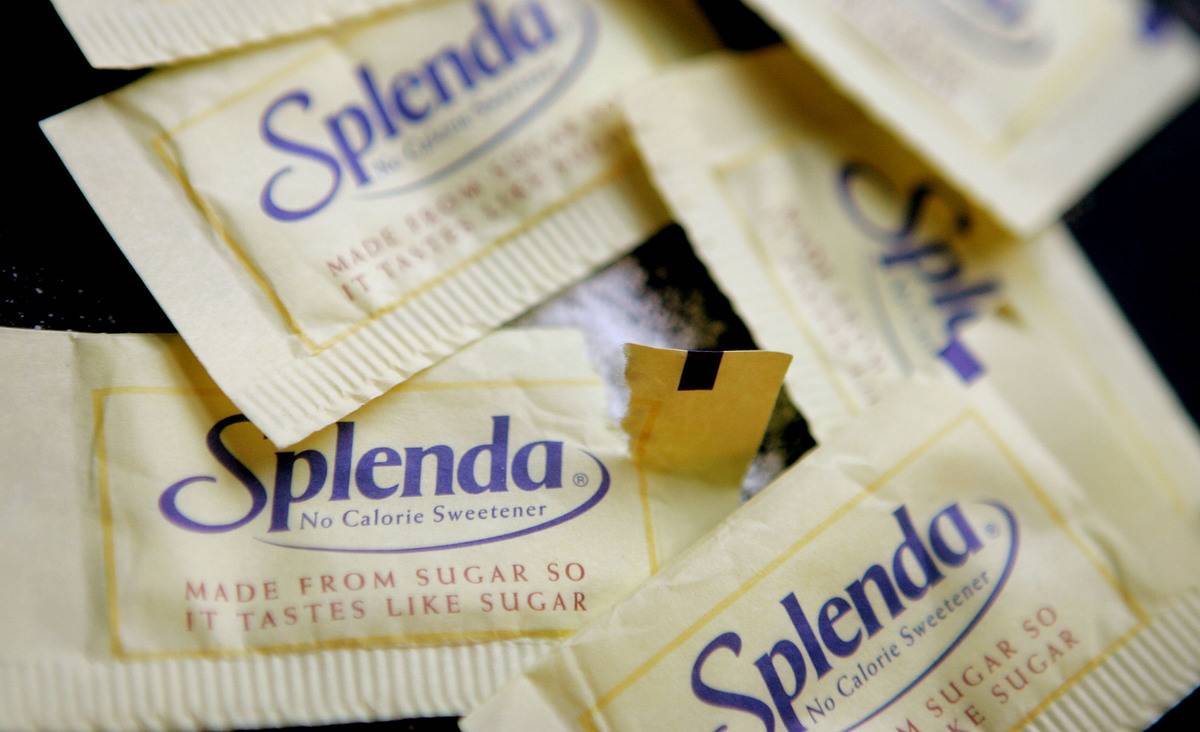
Although artificial sweeteners advertise themselves as “diabetic-friendly,” researchers are finding the opposite. In 2018, researchers discovered that artificial sweeteners contribute to diabetes and obesity more than most people think. They affect your blood glucose and blood vessels in a way that only harms your insulin.
The good news: some artificial sweeteners are safe for diabetics. Stevia and tagatose have not harmed blood glucose levels in studies. If you have questions, talk to a doctor or nutritionist about choosing the healthiest artificial sweeteners.
Drop Low-Fat Milk; Go High-Fat
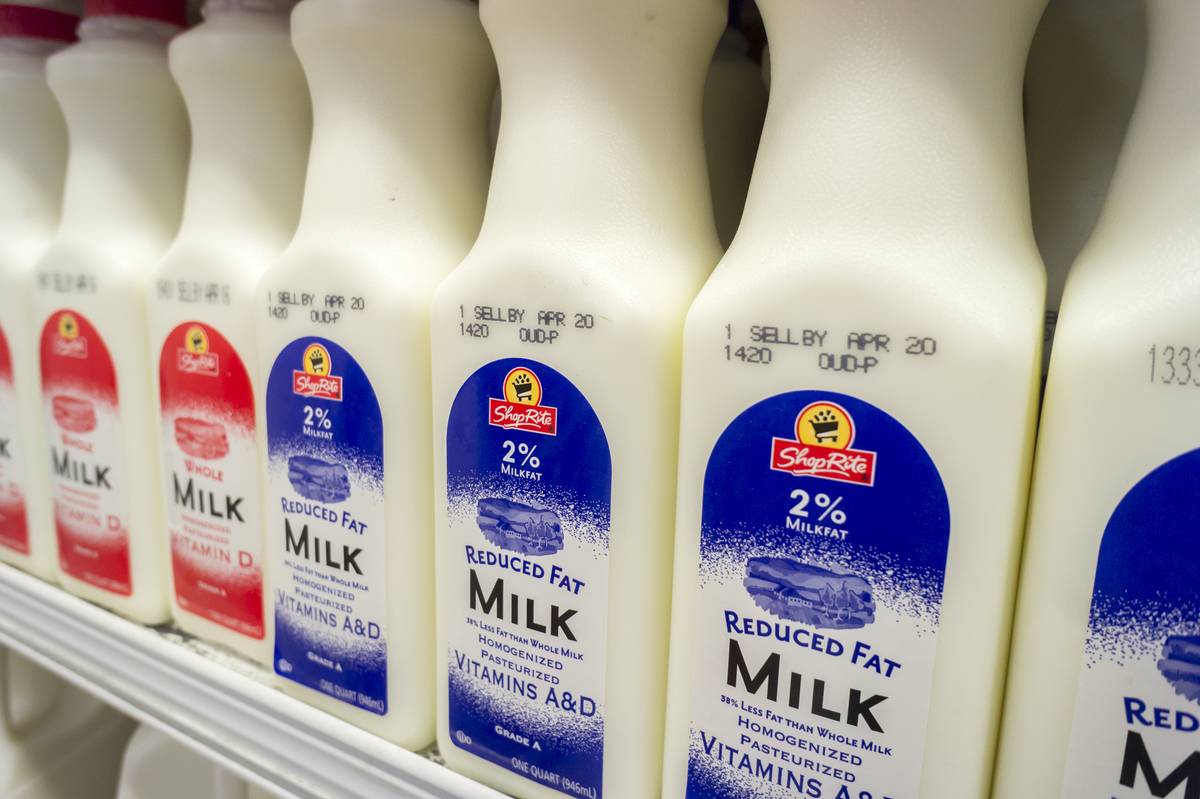
Health experts have debated over the best type of milk for decades. Although diabetes researchers once recommended a low-fat diet, this is no longer the case. Low-fat milks supply less fat but replace it with sugar. Registered dietitian Nicole Anziani says that this can spike your blood sugar.
Plus, high-fat milks may reduce peoples’ chances of diabetes. In 2014, Swedish researchers connected high-fat dairy to a lower risk of diabetes. They can also help people with pre-diabetes. Other studies have called high-fat milk “neutral” in the development of diabetes, but low-fat milks aren’t as healthy.
Flavored Yogurt Isn’t As Healthy As Plain Yogurt
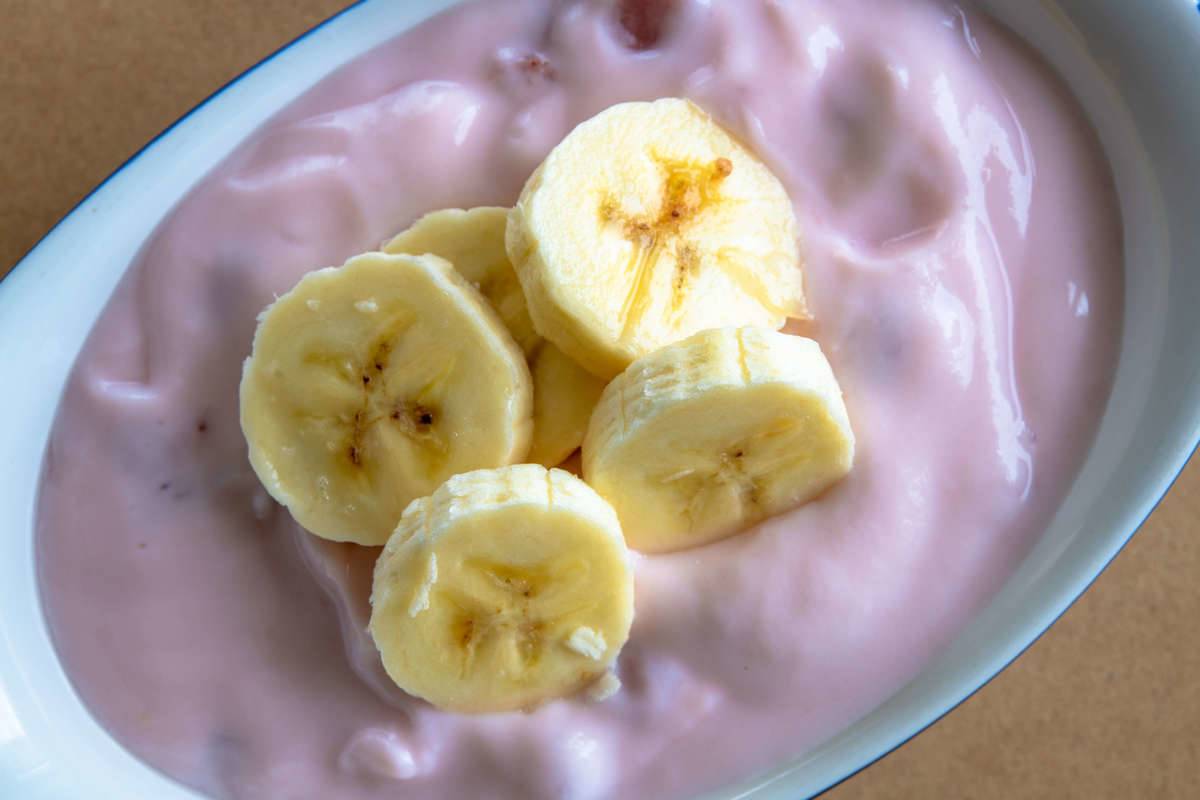
In 2015, a meta-analysis in PLoS ONE concluded that yogurt is healthy for diabetes. But this review only focused on whole, unsweetened yogurt. Flavored and fruit-filled yogurts are packed with added sugars, according to registered dietitian Despina Hyde Gandhi.
Although most dairy products have a low glycemic index, add-ons such as granola, syrups, and fruit raise the index. Buy plain, non-flavored yogurt and include fresh fruits and nuts to flavor it yourself. Registered dietitian Heather Cunningham recommends checking the label for less than 20 grams of carbs and no added sugars.
The Downside Of Canned Fruits And Vegetables
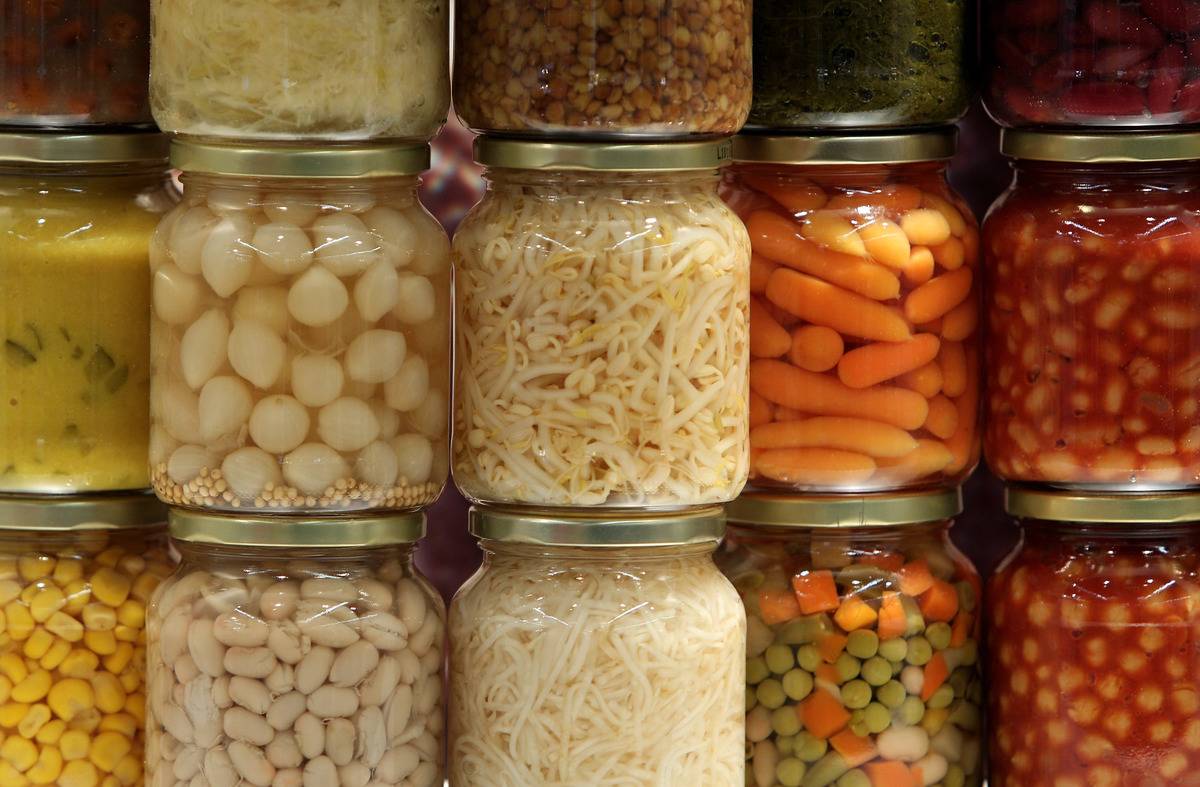
Canned fruits and vegetables are a subject of debate in diabetic diets. On the one hand, research in the American Journal of Lifestyle Medicine noted that canned produce has the same nutritional value as fresh produce. On the other hand, canned fruits and vegetables have more sugar and salt, respectively.
Canned fruit has added sugars as preservatives, while canned vegetables have more sodium. Plus, cans contain bisphenol A (BPA). In 2015, researchers linked BPA to higher rates of type 2 diabetes. You’ll have to decide whether the convenience of canned foods is worth the risk.
The Worst Meat For Diabetics: Processed Meats
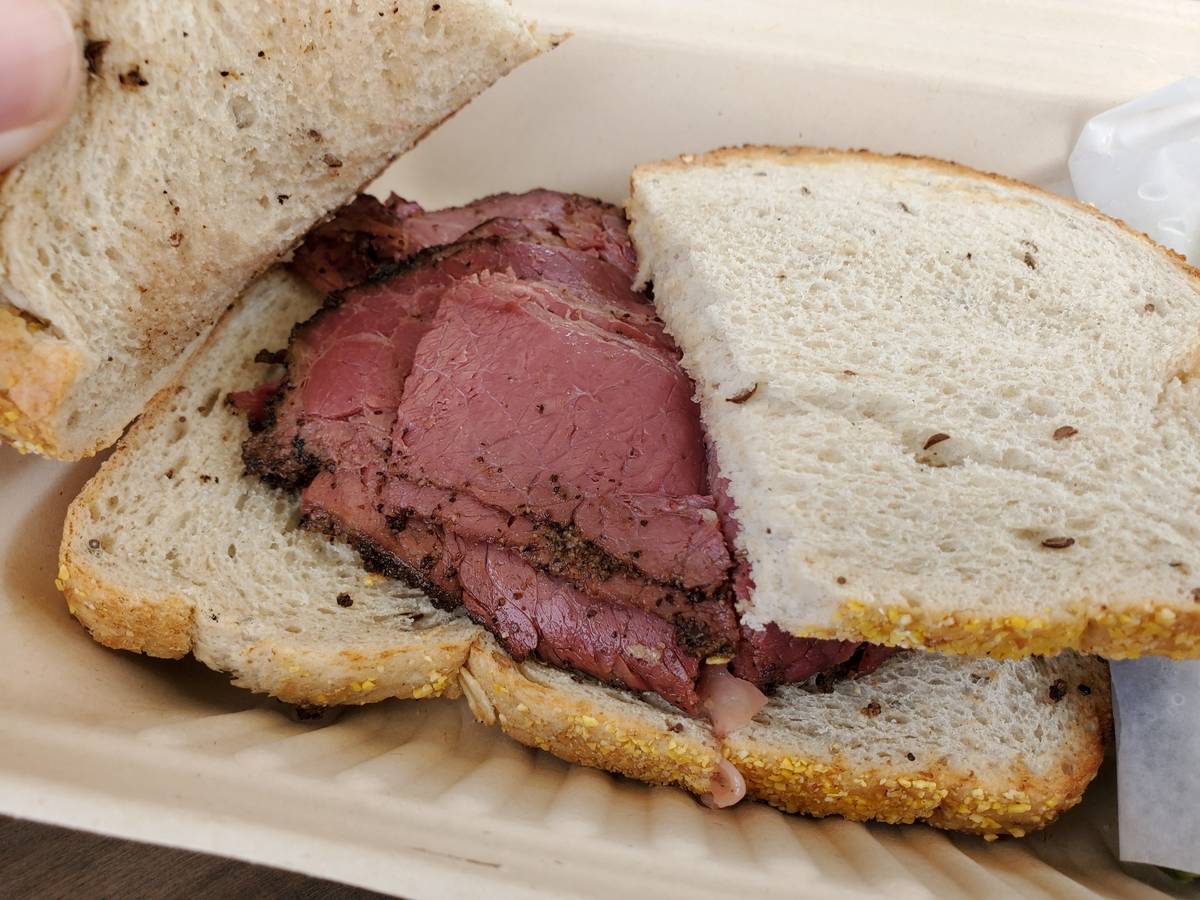
Diabetics can eat meat, but they should avoid processed meats. In 2010, Harvard researchers reported that processed meats raise your risk of type 2 diabetes by 19%. The high sodium and chemical preservatives harm people with diabetes.
In this study, fresh red meat did not worsen diabetes; only processed beef did. An Israeli study found that processed meats increase insulin resistance and the risk of non-alcoholic fatty liver disease. Theses risks heighten with the number of meats that you eat. If you dish out small portions, you may remain healthy.
Skip Lattes, Cappuccinos, And Other Coffee Drinks
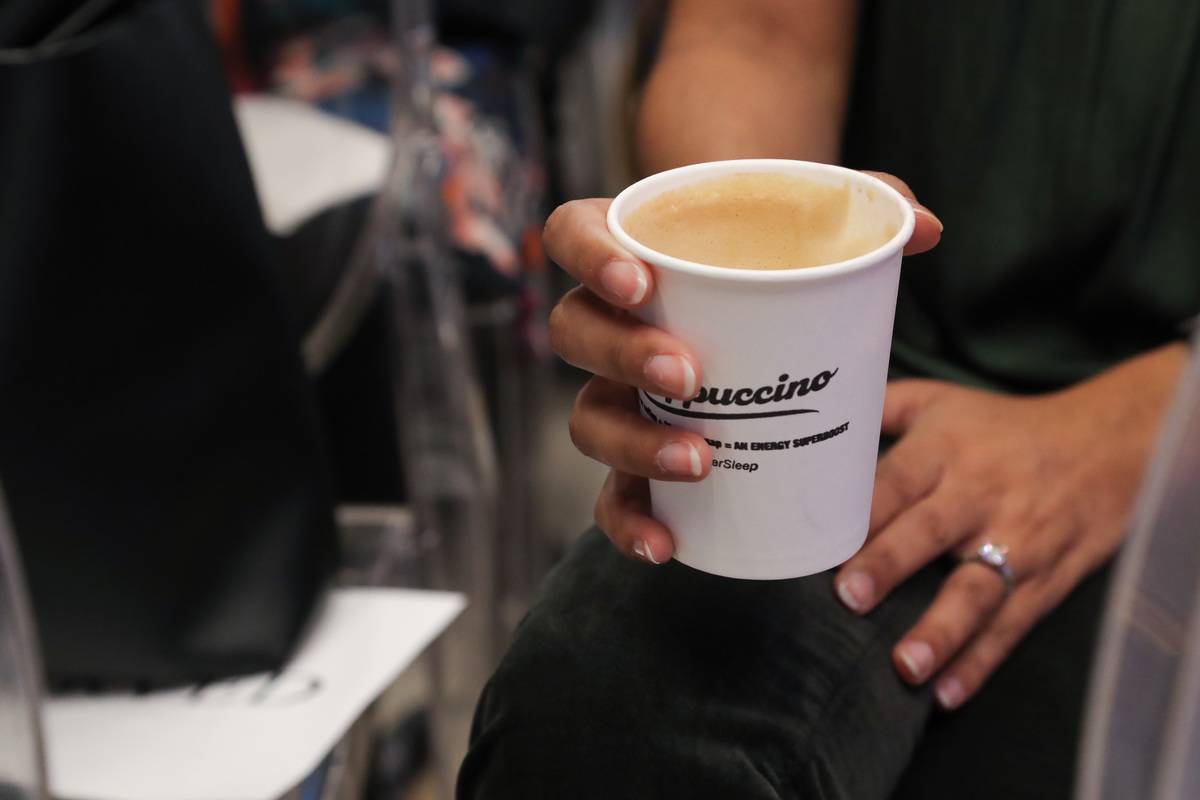
Drinking coffee doesn’t raise peoples’ risk of diabetes. But for diabetics, caffeine can destabilize blood sugar. According to a 2008 study, 250 mg of caffeine increases your blood sugar by 8%. For those with insulin sensitivity, this is something you want to avoid.
Coffees with milk, cream, and syrup are worse for diabetics, says Diabetes UK. Even small sizes of these drinks contain over ten teaspoons of sugar. The best option for diabetics is to drink black coffee and enjoy decaffeinated coffee whenever possible.
Dried Fruit Is Not As Safe As Fresh Fruit
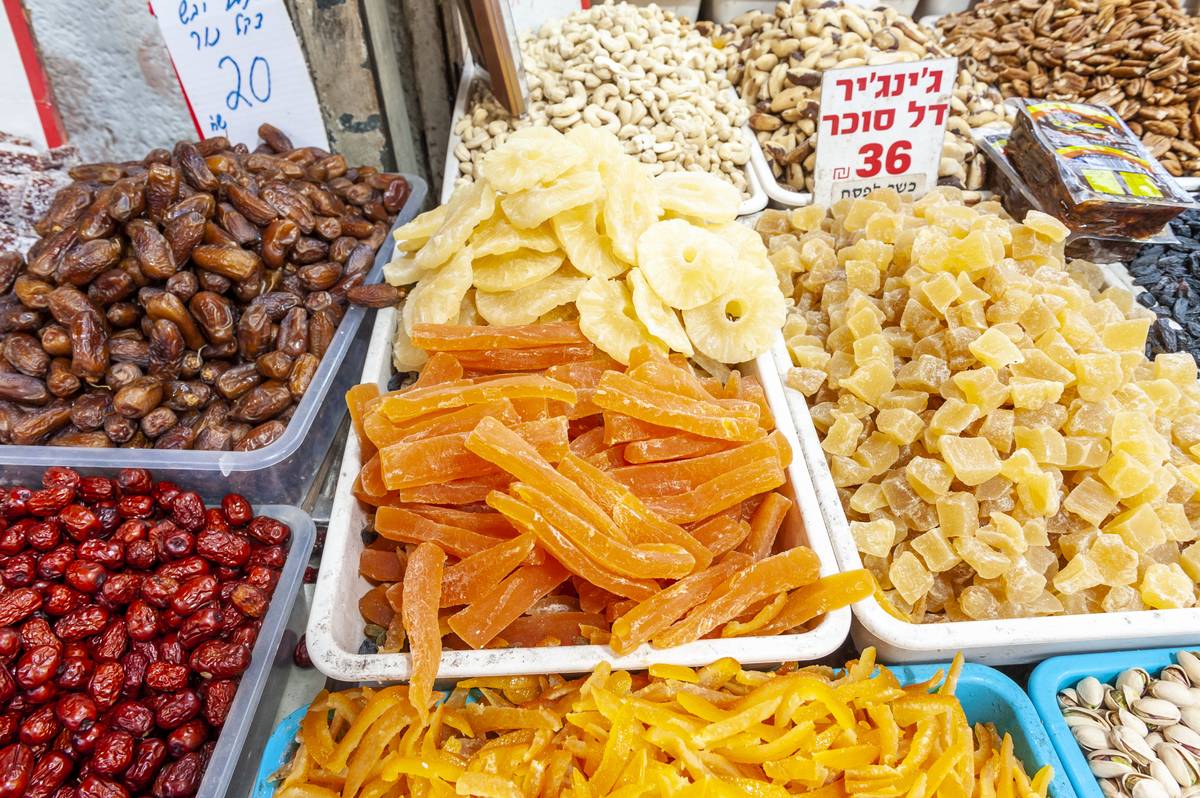
Diabetics can eat certain fruits, as they are part of a healthy diet. But they should avoid dried fruit because they are highly concentrated forms of whole fruit. “In these concentrated forms, everything goes up,” says nutritionist Rupali Datta. “The sugar levels, the glycemic index.”
Because dried fruits are smaller than fresh ones, people tend to eat more. For instance, a cup of fresh grapes has 27 carbs, but a cup of raisins has 115 carbs. Diabetics are far more likely to receive a blood sugar spike from dried fruits.
Some Cheeses Work, But Not High-Salt Cheeses
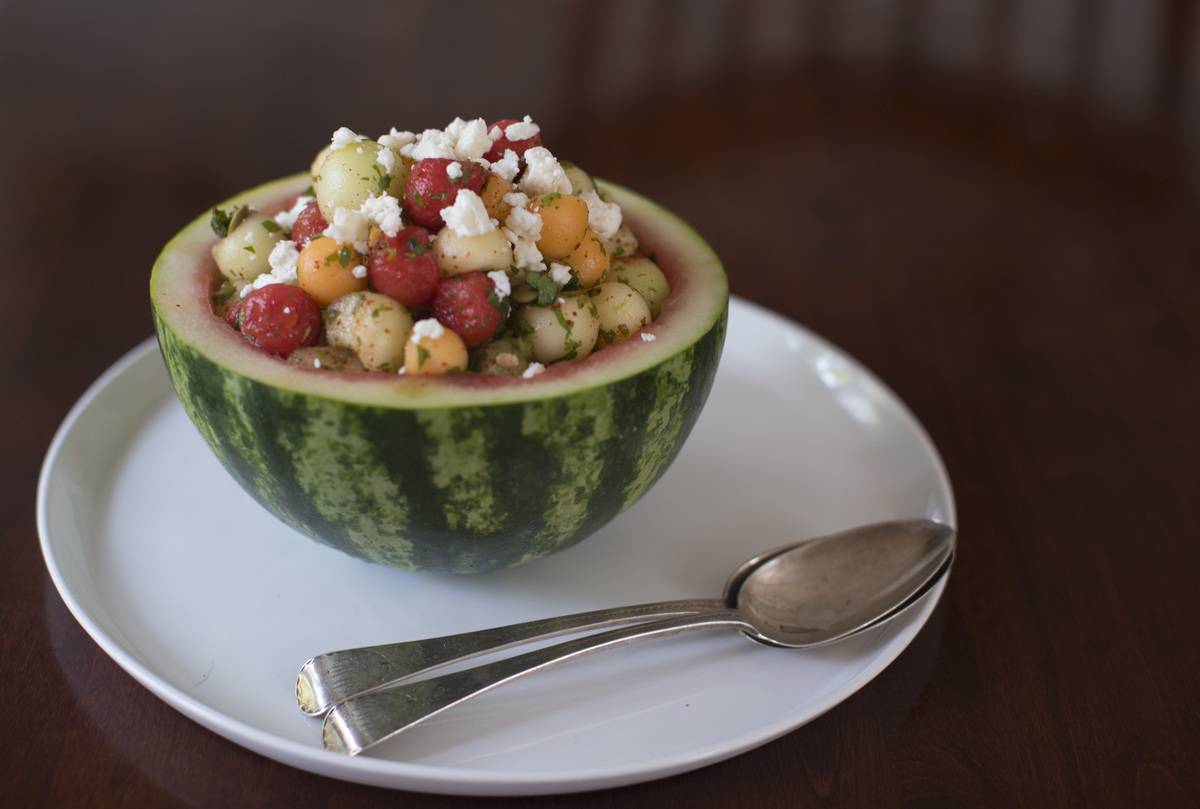
Cheese can help a diabetic diet. In The American Journal of Clinical Nutrition, a study found that cheese can lower peoples’ chances of type 2 diabetes. But not all cheeses are created equal. Some have much higher sodium than others. For instance, mozzarella has four milligrams of salt per ounce, while feta has 316 milligrams per ounce.
Sponsored Links
Some cheeses also have more nutrients than others. Parmesan and Monterey Jack are high in protein, while Provolone offers more calcium than others. Search for low-sodium varieties whenever possible, and always check the label.
You Shouldn’t Eat Most Fast Food Meals
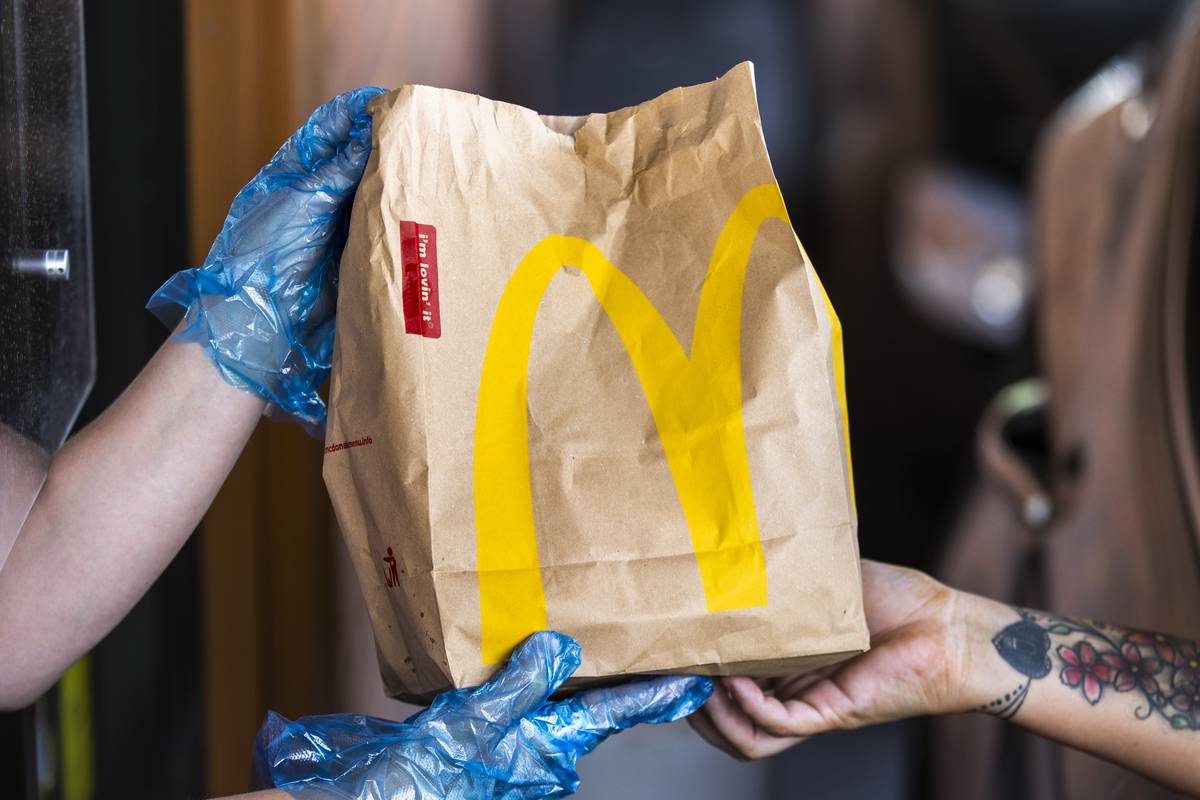
Although diabetics can eat fast food, most of it doesn’t help their condition. “[Fast-food meals] high in sodium, carbs, and unhealthy saturated fat,” explains Sandra Arevalo, a spokeswoman for the American Association of Diabetes Educators. Many meals with fries and a soda have over 1,000 calories.
Fortunately, many fast-food restaurants now offer salads and low-carb sandwiches. The American Diabetes Association provides some tips for eating out. Get the smallest sized lunch; replace soda with water; swap the side of fries or share it with someone else.
Never Choose Fat-Free Salad Dressings
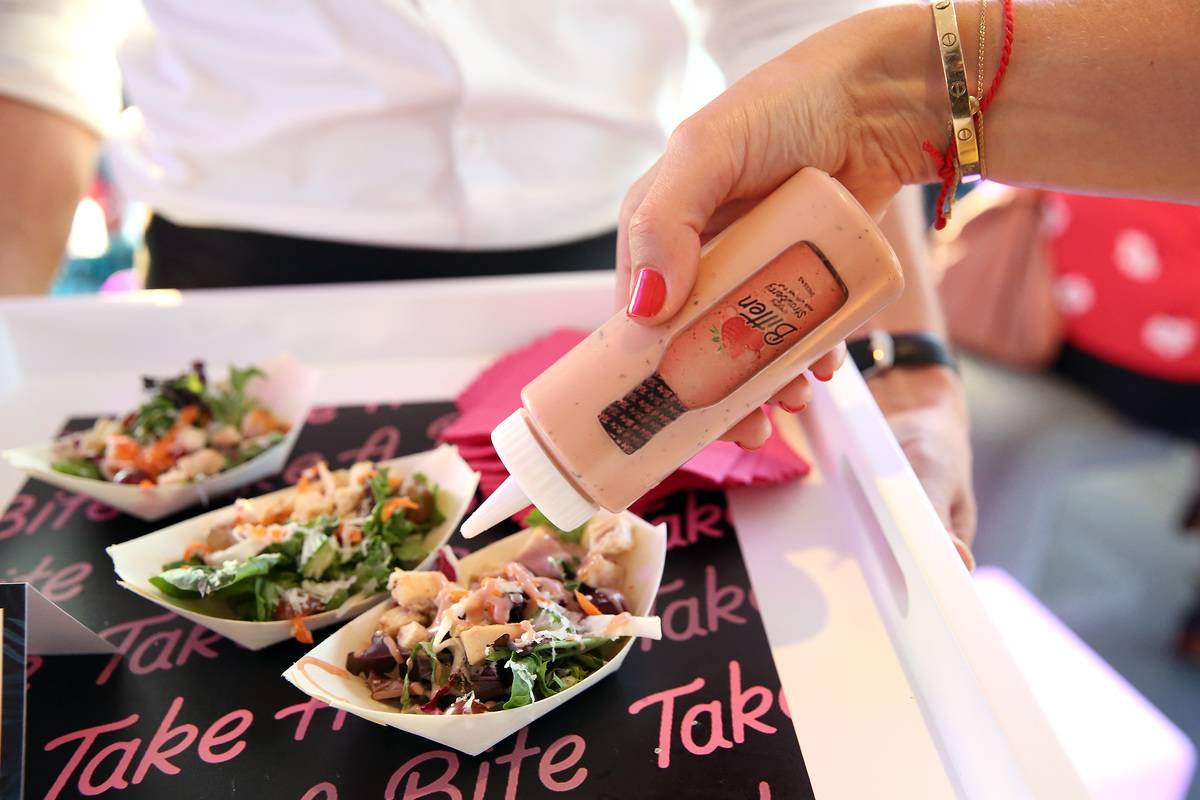
People with diabetes may pick up “light” or fat-free salad dressings to be healthier. But these dressings do the opposite. Full-fat dressings contain healthy fats that help the body to absorb nutrients. Integrative medicine physician Irina Todorov says that olive oil and vinegar aid people with diabetes and pre-diabetes.
Small studies assert that salad dressings can improve glucose levels. In the European Journal of Clinical Nutrition, researchers wrote that salad dressing helps blood glucose levels. If you buy low-fat salad dressing, you’ll miss out on those benefits.
Most Cereal Bars Aren’t Healthy
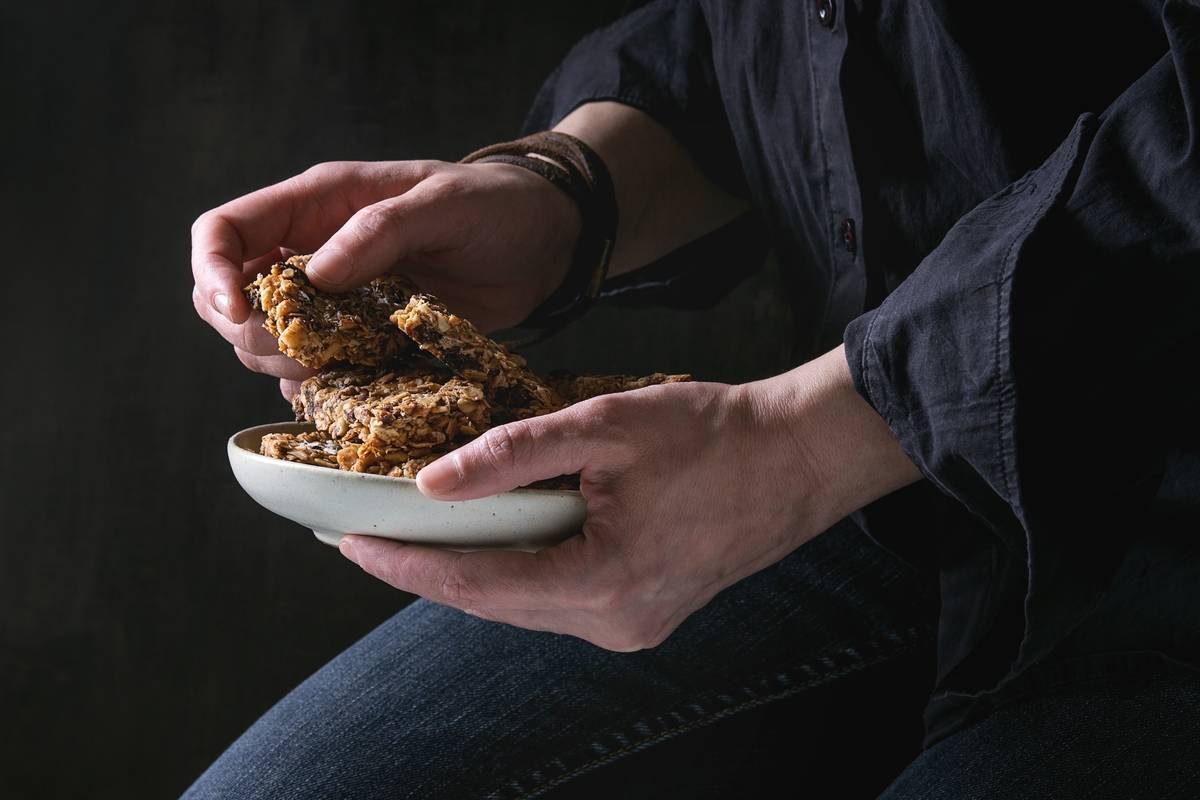
Although cereal bars are gradually becoming healthier, some are still similar to candy bars. According to Diabetes UK, cereal bars contain healthy complex carbs and simple carbs. Simple carbohydrates include fructose and glucose, which transform into sugar in your body. You don’t want a sugar-filled cereal bar to spike your blood glucose.
Some of the more popular cereal bar brands–Nature Valley, Cliff, Quaker Oats–have too much sugar and fat for diabetics. A spokesperson for the Academy of Nutrition and Dietetics, Torey Armul, recommends eating nuts and fruit instead of a cereal bar.
French Fries, The Least Healthy Side Dish
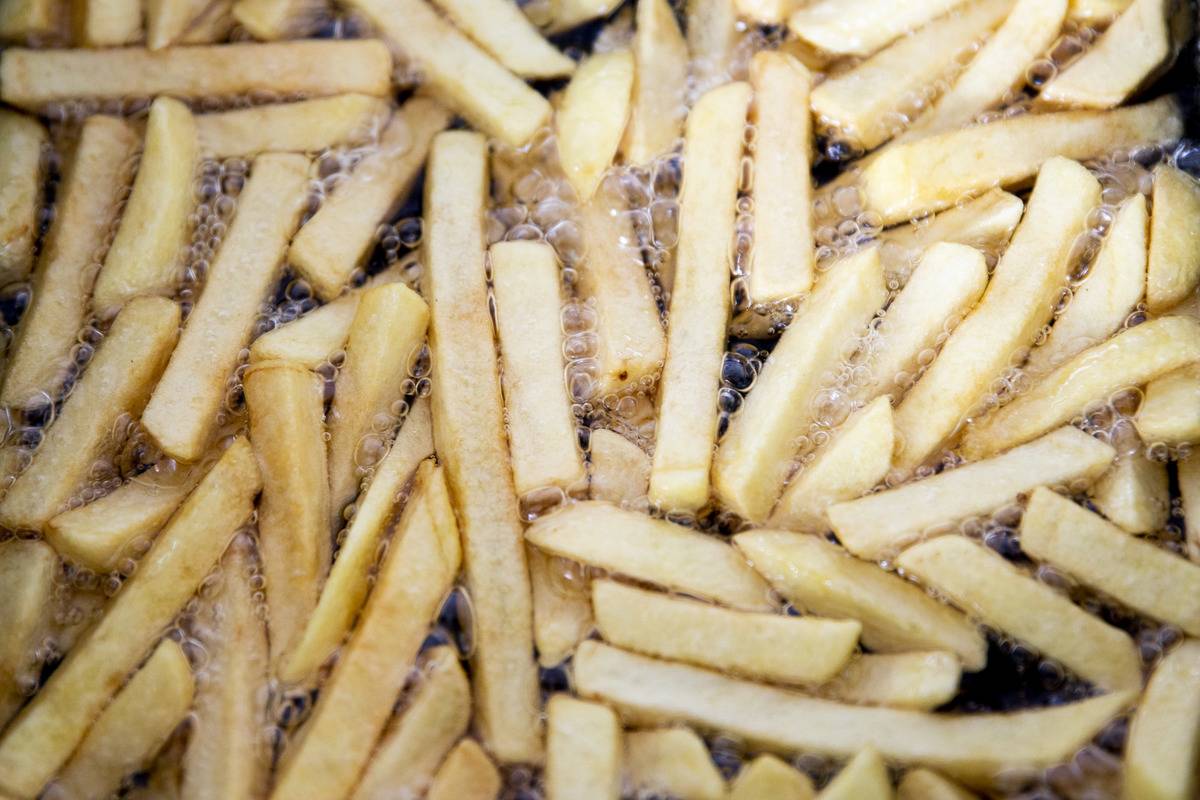
Potatoes themselves are high in carbs, but this gets worse after they’re fried. Vegetable oils in frying fill fries with trans fats, and they’re all simple carbs. Both will raise your blood sugar and keep it elevated for a long time, says registered dietitian Lori Zanini. She calls it “a tough combination for diabetics.”
A small serving of fries has 33 grams of carbohydrates and a high glycemic index. The body could handle French fries if they had more fiber, but they don’t. Avoid French fries if you have diabetes.
Orange Juice Has More Sugar Than Fruit

Diabetes professionals have debated the safety of orange juice. On the one hand, most juices have a high amount of carbs, calories, and sugar. Registered dietitian and nutritionist Lynn Grieger does not recommend these juices for type 2 diabetes.
On the other hand, 100% orange juice has more fruit than added sugars. In 2019, a study in Nutrients asserted that orange juice has the same positive effect on insulin as whole oranges. If you drink orange juice, do so in moderation and buy a low-sugar variety.
Don’t Trust Energy Drinks
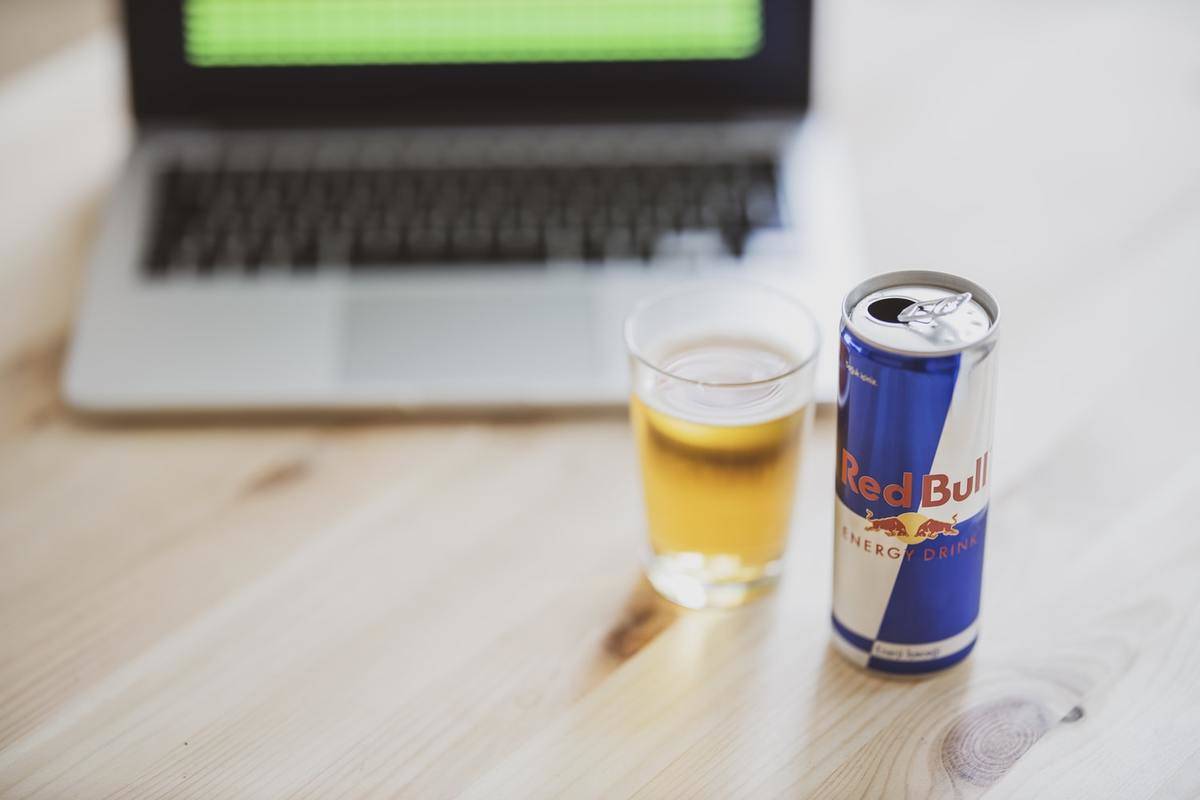
With high levels of sugar and caffeine, energy drinks are a bombshell for diabetics. In 2015, researchers reported that energy drinks spike insulin and blood sugar, even in teenagers. One beverage can raise your blood glucose by up to 30%.
Scientists from the University of Calgary, Canada, say that energy drinks increase your risk of metabolic syndrome, even in children. To make matters worse, many energy drink companies don’t reveal all of their ingredients. Many people don’t know what they’re drinking. Stay safe rather than sorry and avoid energy drinks.
Potato Chips Are Addictive
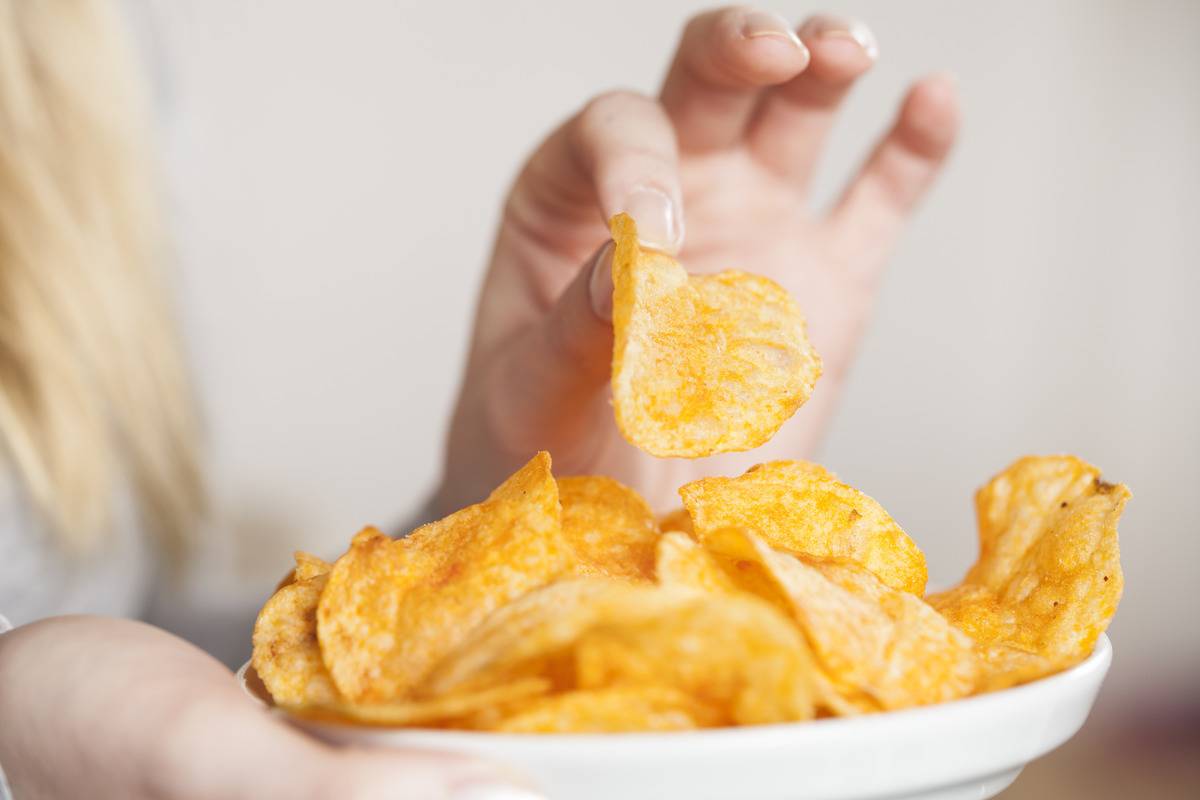
Potato chips aren’t the worst snack, but they aren’t the best, either. Most of the time, they are fried and salted. Too much salt can raise your blood pressure, and diabetics should avoid it, says Diabetes UK. Another risk with potato chips, according to Diabetes Self-Management, is that most people eat more than one serving.
Chips are easy to over-indulge. Research in the Journal of Nutrition reports that high-sodium foods make us want to eat more. In short, potato chips are addictive. The National Diabetes Information Clearinghouse recommends eating baked chips in moderation.
Most Sports Drinks Aren’t Diabetes-Friendly
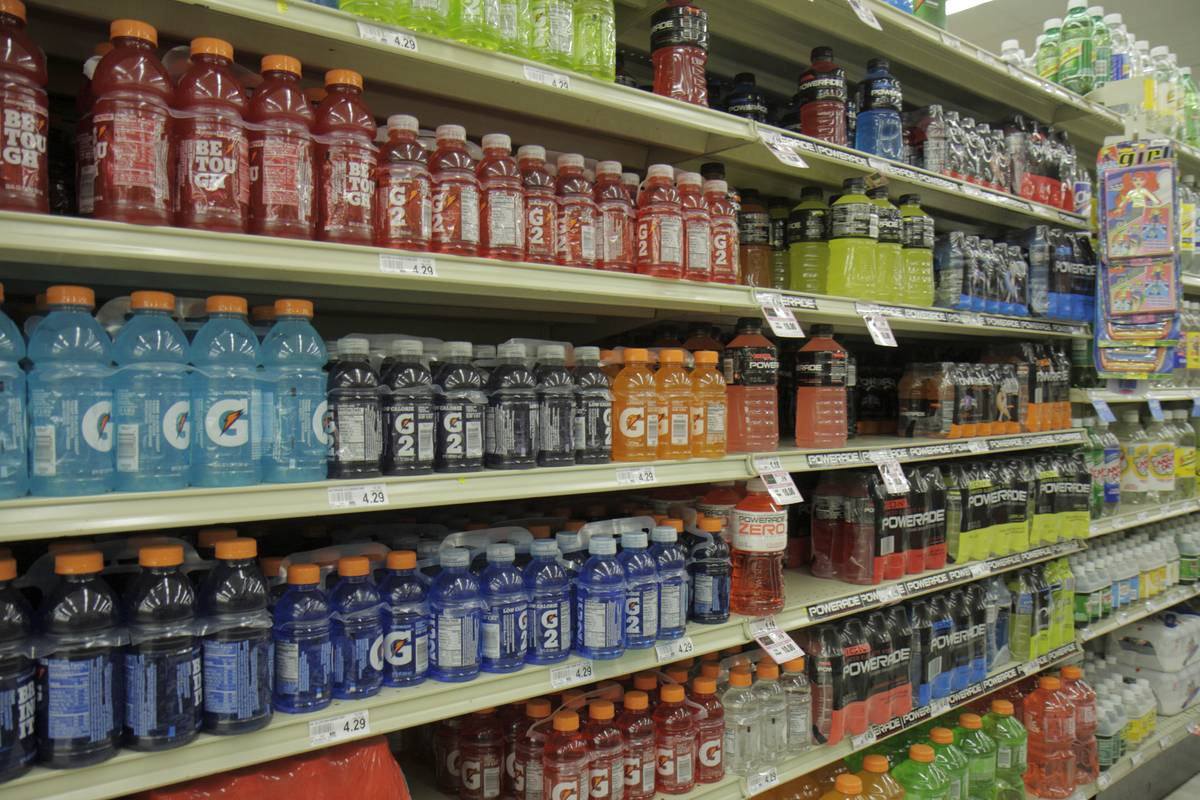
Packed with electrolytes, sodium and minerals, sports drinks are designed to rehydrate you quickly. But people with diabetes should double-check the label. According to ADW Diabetes, most sports drinks contain high levels of carbs, sodium, and caffeine–all of which diabetics should avoid.
That said, you can find some diabetes-approved electrolyte drinks on the market. Look for ones with a low glycemic index, zero sugar, and low caffeine. Many popular brands, such as Gatorade and Powerade Zero, are not fit for people with diabetes. If you’re concerned, talk to your doctor.
Pre-Packaged Baked Goods Don’t Help Diabetes
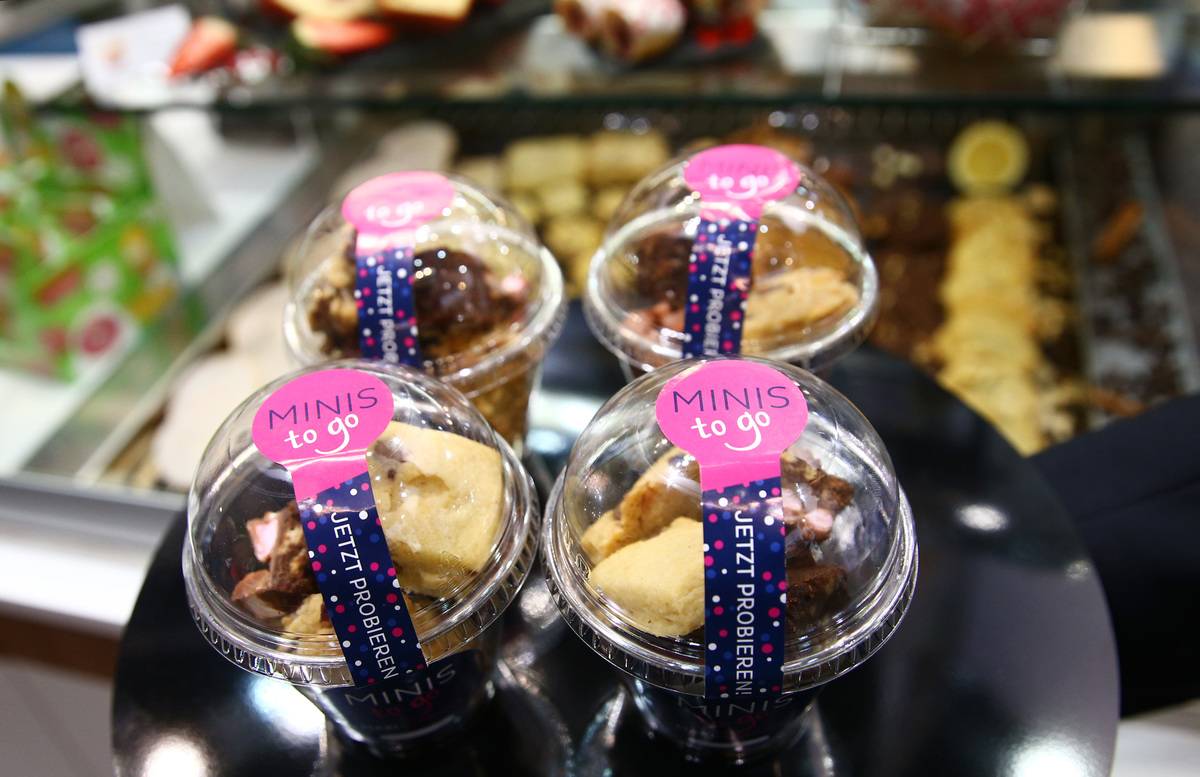
Despite what some people think, diabetics can eat some baked goods. But pre-packaged pastries and sweets are often more dangerous than freshly-baked ones. These have more sugar from preservatives. They are also made with refined carbohydrates.
Registered dietitian Amy Kimberlain, a spokeswoman for the Academy of Nutrition and Dietetics, says that refined carbs transform into sugar inside the body. This produces more insulin, which diabetics don’t need more of. There are plenty of diabetic-friendly pastries out there, but avoid the pre-packaged ones unless you know that you can eat them.
Oatmeal Is Healthy, But Flavored Oatmeal Isn’t
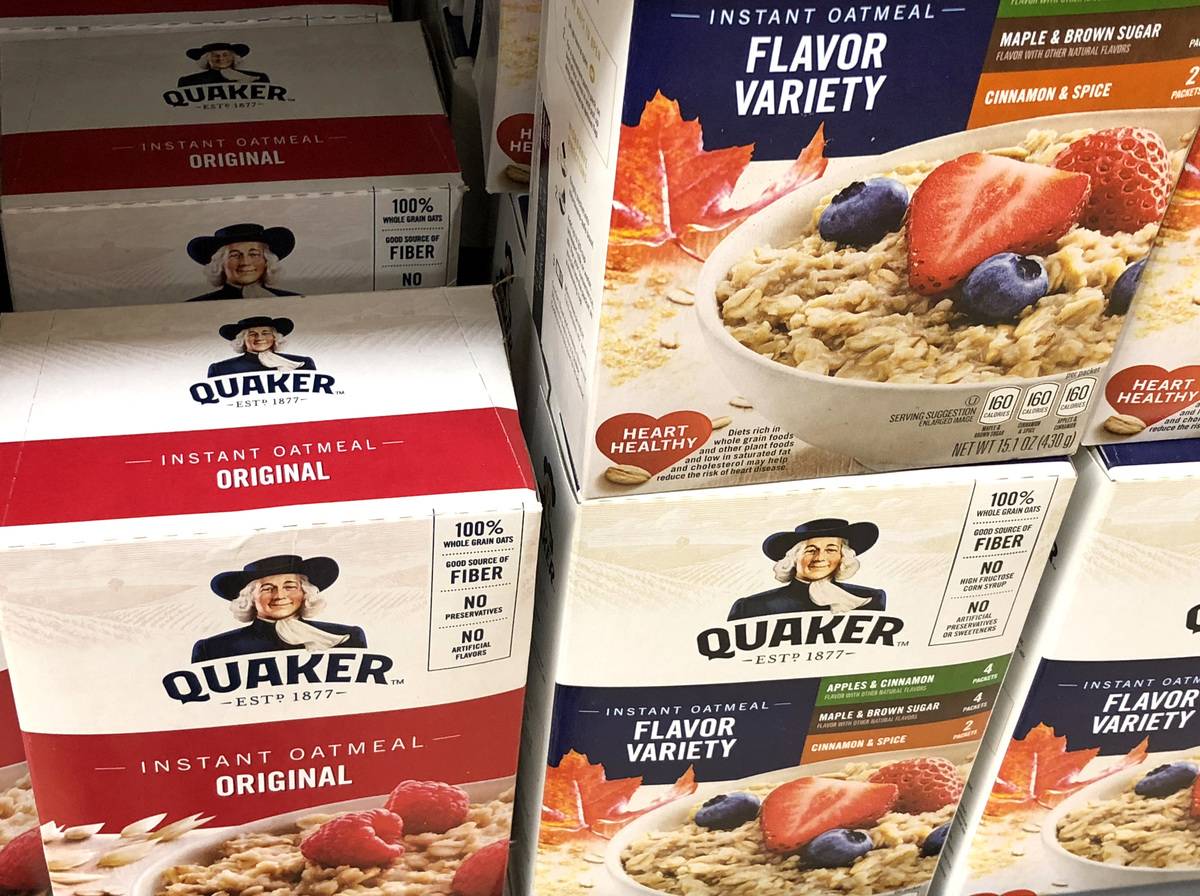
On its own, oatmeal makes a healthy meal for diabetics. But instant oatmeal with added flavors ruins all the benefits. Registered dietitian Leah Kaufmam warns people with diabetes to steer clear of flavored oatmeals, such as “Maple Brown Sugar.”
These flavors usually have sweeteners, preservatives, and added sugars that harm peoples’ blood sugar levels. You can eat instant oatmeal, but choose the unsweetened variety. Flavor it yourself with fresh fruits, nut butter, and diabetic-friendly artificial sweeteners. Raw oatmeal contains healthy fiber and grains for a diabetic diet.
Good Muffins Vs. Bad Muffins
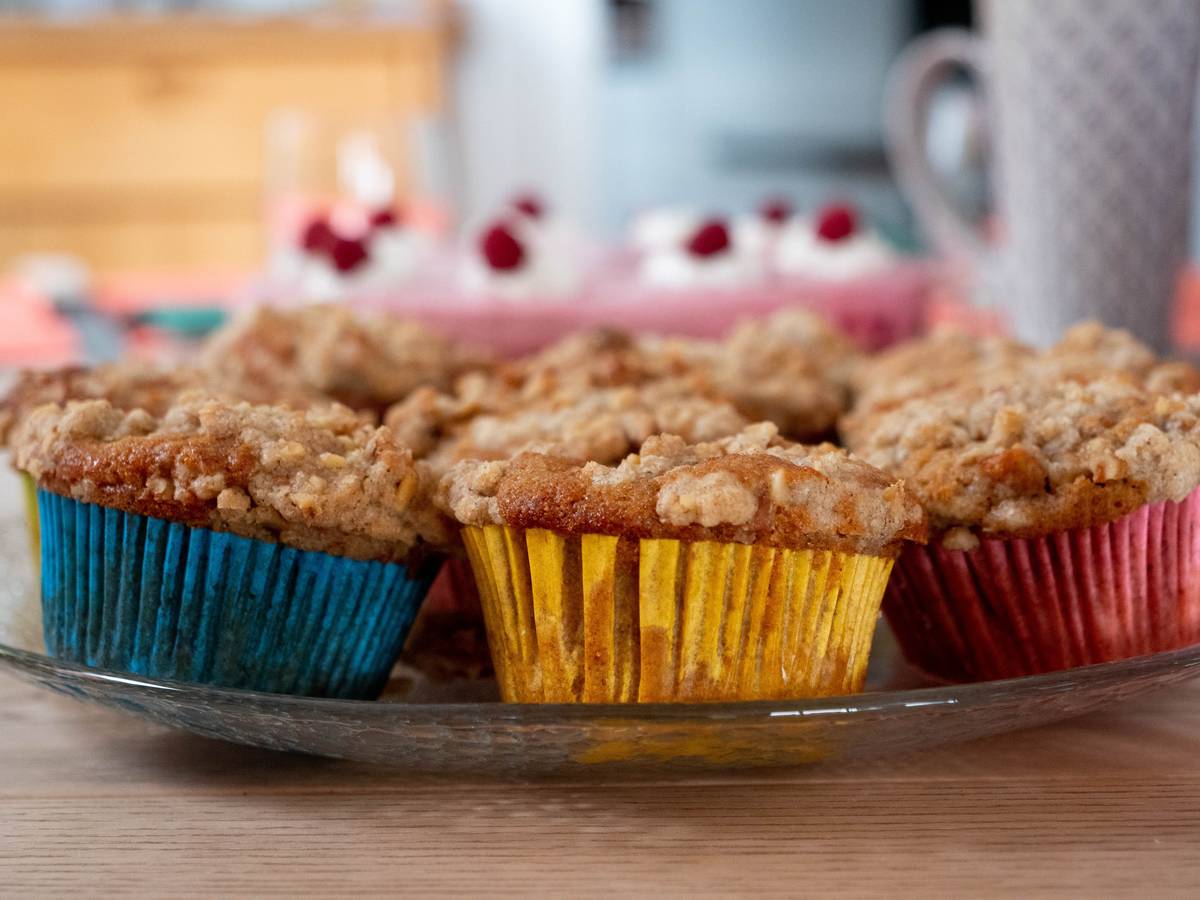
Sponsored Links
Another grab-on-the-go item that diabetics should avoid are muffins. While whole-grain options contain essential vitamins, minerals, and fiber, muffins made of white flour are simply bad news.
If you can’t imagine a morning without a muffin, choose one made of whole grain, which studies show may help lower the risk of glucose tolerance worsening in diabetics, according to a 2012 study by The American Journal of Clinical Nutrition.

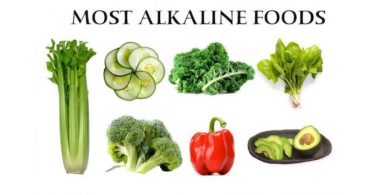
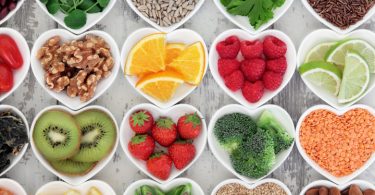
Comments